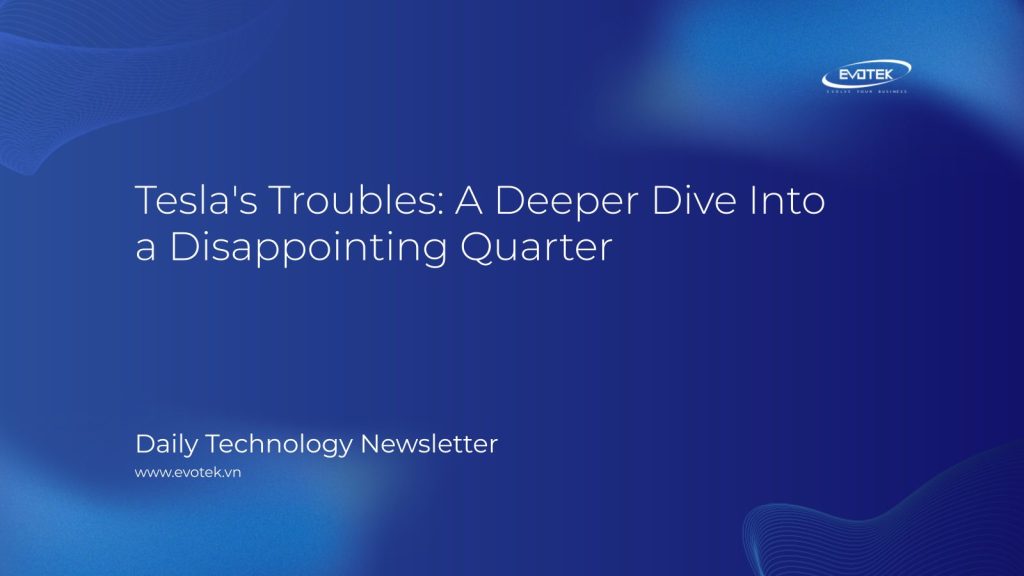Tesla’s recent financial report paints a concerning picture, suggesting challenges beyond initial impressions. The electric vehicle (EV) giant, once seemingly invincible, is grappling with a confluence of factors impacting its bottom line.
Profits Plummet Amidst Controversy
The first quarter of 2025 saw a staggering 71% drop in profits compared to the previous year. CEO Elon Musk attributed the downturn to organized protests at Tesla dealerships, fueled by his involvement with DOGE and support for far-right political figures. He claimed these protests were “paid for,” though offered no concrete evidence.
Musk has pledged to reduce his involvement with DOGE, allocating more time to Tesla. However, the damage may already be done. The “Tesla Takedown” protests reflect a broader sentiment: EV enthusiasts, particularly in the politically liberal American market, are increasingly reluctant to purchase Musk’s cars. His support for controversial figures like Donald Trump has made Tesla a target for those seeking to express their discontent.
European Sales Suffer
The impact extends beyond the U.S. In Europe, concerns over Musk’s promotion of far-right parties, such as Germany’s Alternative for Germany (AfD), are significantly impacting sales. Tesla is experiencing double-digit sales declines across the continent as buyers opt for alternative EV brands.
Competition Heats Up
While Tesla pioneered the modern EV market, competitors are rapidly closing the gap. In the U.S., numerous automakers now offer electric vehicles with comparable or superior range, features, and pricing. The highly anticipated, more affordable Tesla model has been met with limited fanfare, as Musk appears focused on autonomous taxis and self-driving technology.
The development of “robotaxi” services hinges on Tesla’s ability to generate revenue from car sales – a challenge given the current climate.
The China Factor
China, a crucial market for Tesla, presents another obstacle. Chinese companies have learned from Tesla’s success and are now producing EVs with more advanced features, faster charging capabilities, and innovative autonomous driving solutions. The competition in China is fierce, with numerous Tesla-like companies vying for market share.
Is Musk the Problem?
Analysts suggest that removing Musk from his leadership role might not be a straightforward solution. Tesla’s stock price remains heavily intertwined with Musk’s image, and the brand’s recovery without him is uncertain.
Robby DeGraff, an analyst at AutoPacific, notes that while Tesla has the potential to rebound with “exciting, quality, innovative products,” substantial “repair work” is needed behind the scenes.
Tesla’s future hinges on its ability to adapt, innovate, and address the concerns driving customers away. The company, once a disruptor, now faces the challenge of avoiding becoming a legacy automaker, struggling to stay ahead of the competition in an increasingly crowded market.
The question remains: can Tesla navigate these challenges and regain its position as the leading force in the EV revolution?
About the Author:
Patrick George is the editor-in-chief of InsideEVs, where he covers the future of transportation. He is based in New York.

 日本語
日本語 한국어
한국어 Tiếng Việt
Tiếng Việt 简体中文
简体中文